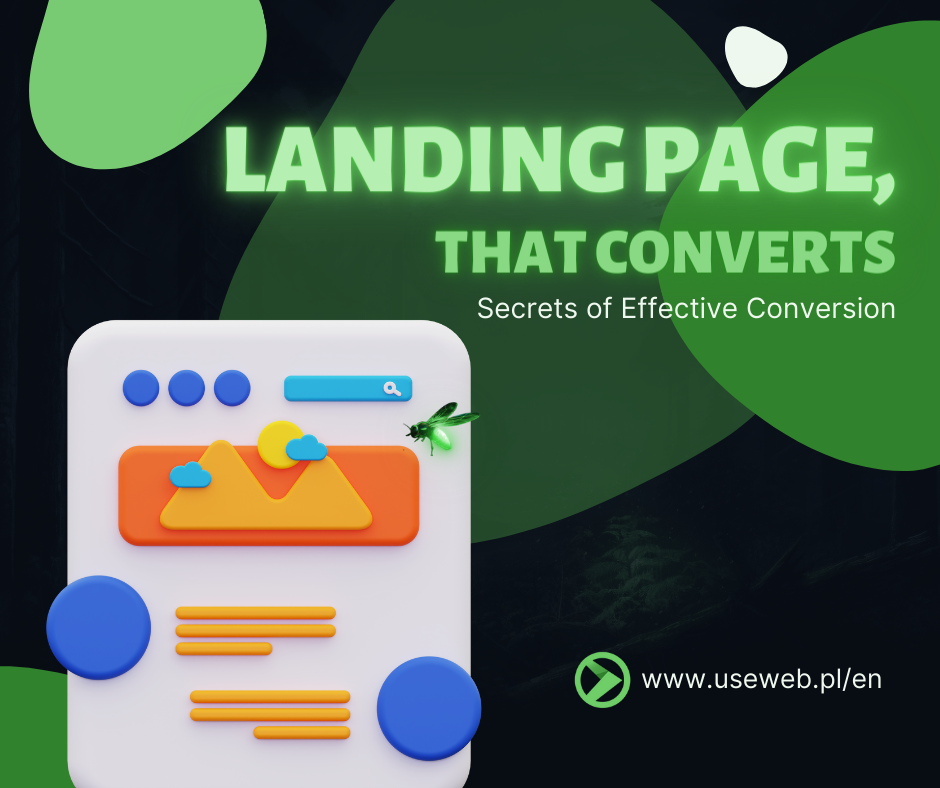Introduction
Nowadays, a website is an integral part of any business. In this guide, you will learn how to create websites from scratch. We have prepared for you a set of practical tips that will help you understand this process from A to Z.
Part 1: Website Planning
1.1 Define the Purpose of Your Website
The first step is to understand why your business needs a website. Do you want to sell products online, promote your services, or perhaps you simply want to build your online brand?
1.2 Understand Your Target Audience
Another important element is understanding who your audience is. What are their needs, interests, and most importantly – what problems can you solve for them?
Part 2: Website Design
2.1 Choosing a Content Management System (CMS)
One of the most important decisions you have to make is the choice of the right CMS. WordPress, Joomla, or perhaps Drupal? Each of them has its pros and cons, which you need to take into account.
2.2 Choosing a Theme and Graphic Design
The website design should be visually appealing and at the same time functional. High-quality themes and templates are the starting point for creating a site that will attract users’ attention.
Part 3: Building a Website
3.1 Creating a Site Structure
Your portal must be easy to navigate. Therefore, it is important to plan the site structure well and make sure that users can easily find what they are looking for.
3.2 Adding Content
Content is king of the internet. Make sure your site is filled with valuable information that will be useful for your users. Here you will learn about the most important rules of good copywriting for a website.
Part 4: Website Optimization (SEO)
4.1 Choosing Keywords
Properly chosen keywords are the foundation of effective SEO. It’s important that your site is visible to people who are searching for the products or services you offer on Google.
4.2 On-Page Optimization
This includes factors like page titles, meta descriptions, H1, H2, H3 headers, and image optimization. All of these are crucial for improving your site’s visibility in search results.
4.3 Off-Page Optimization
This is everything that happens outside your site but affects its ranking in search results. Backlinks, social media, and other off-page factors can significantly impact SEO.
Part 5: Maintaining and Developing a Website
5.1 Monitoring and Data Analysis
Regular monitoring of results is key to understanding how users use your site. Tools such as Google Analytics and Google Search Console can provide you with valuable information.
5.2 Updates and Improvements
The internet is a dynamic place, and your site should develop along with it. Regular updates and improvements will help you keep the site fresh and attractive to users.
Summary
Creating a website is a process that requires planning, designing, building, optimizing, and maintaining. I hope this guide will help you understand each of these stages and create a site that will help you achieve your business goals.
Remember, we are here to help you. If you need help creating a website, contact us. The useWeb team will be happy to assist!





